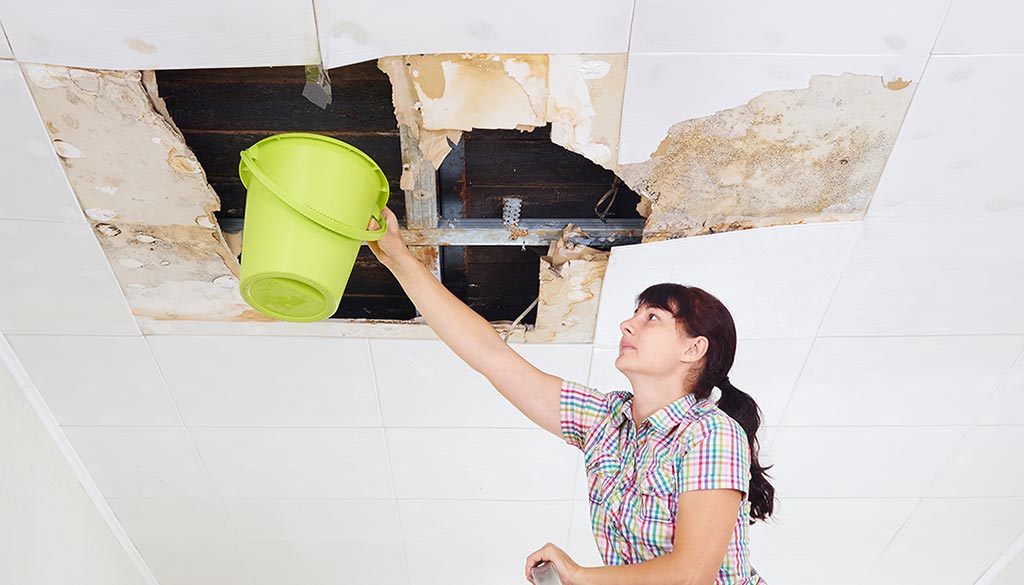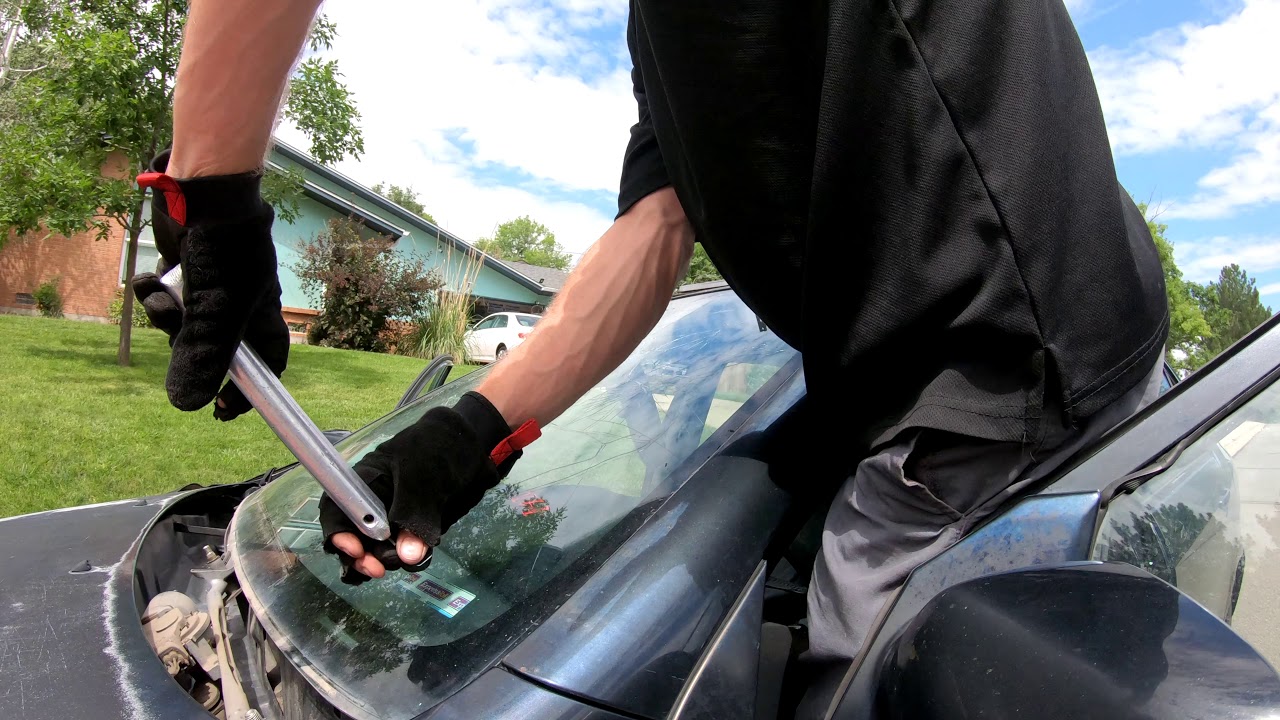Installing a wireless invisible dog fence can be a remarkable solution for pet owners who want to keep their dogs safe while giving them the freedom to roam within a designated area. These systems are designed to create an invisible boundary that your dog learns to respect through a combination of training and mild correction signals.
However, the success of an invisible dog fence installation largely depends on the proper installation and training process. To ensure the system works effectively and safely, it is crucial to avoid common mistakes that can undermine its functionality.
Skipping the Training Process
One of the most significant mistakes pet owners make is skipping or rushing through the training process. Proper training is crucial for your dog to understand the boundaries and respond appropriately to the correction signals. Training typically involves:
- Introduction to the Boundary: Use flags to mark the boundary and walk your dog around the perimeter, allowing them to see and understand the limits.
- Collar Training: Gradually introduce the collar and let your dog experience the warning beep and correction in a controlled manner.
- Positive Reinforcement: Reward your dog with treats and praise when they respond correctly to the boundary signals.
Incorrect Placement of the Transmitter
The placement of the transmitter is vital for the system’s effectiveness. Common mistakes include:
- Near Large Metal Objects: Placing the transmitter near large metal objects, such as refrigerators or washing machines, can interfere with the signal.
- In Obstructed Areas: Installing the transmitter in an area with thick walls or significant obstructions can reduce the signal range and create dead zones.
Not Testing the Boundary
After installing the system, it is essential to test the boundary to ensure it is working correctly. This involves:
- Walking the Perimeter: Walk around the designated area with the collar in hand to check for consistent signal strength and correction points.
- Adjusting the Range: Fine-tune the transmitter settings to ensure the boundary covers the intended area without extending beyond your property.
Failing to Properly Fit the Collar
The fit of the collar is crucial for the system’s effectiveness. A collar that is too loose may not deliver the correction signal effectively, while a collar that is too tight can cause discomfort or injury to your dog. The collar should fit snugly, allowing you to fit two fingers between the collar and your dog’s neck.
Are you looking for the best supplier of wireless dog fence systems in Australia? Then Hidden Fence has got you covered. Their products have protected countless dogs and cats worldwide from escaping or getting injured, ensuring that they are properly contained within specific limits. If you have inquiries about our services, please visit www.hiddenfence.com.au/contact today.





